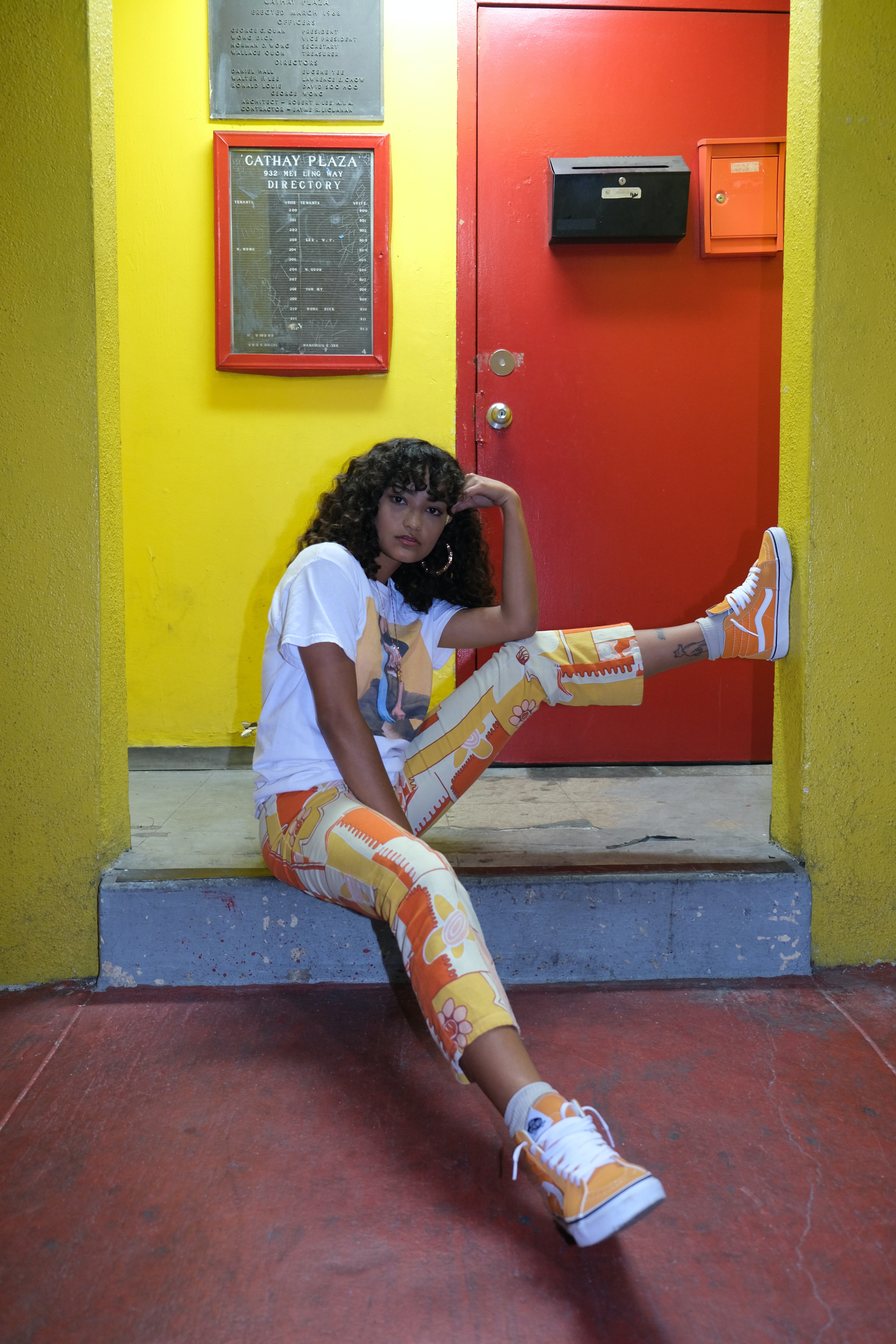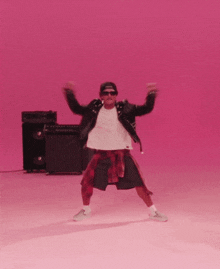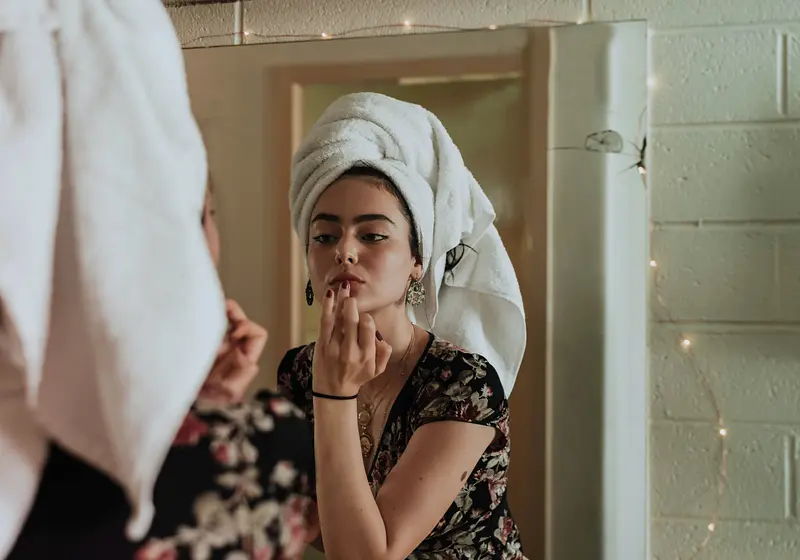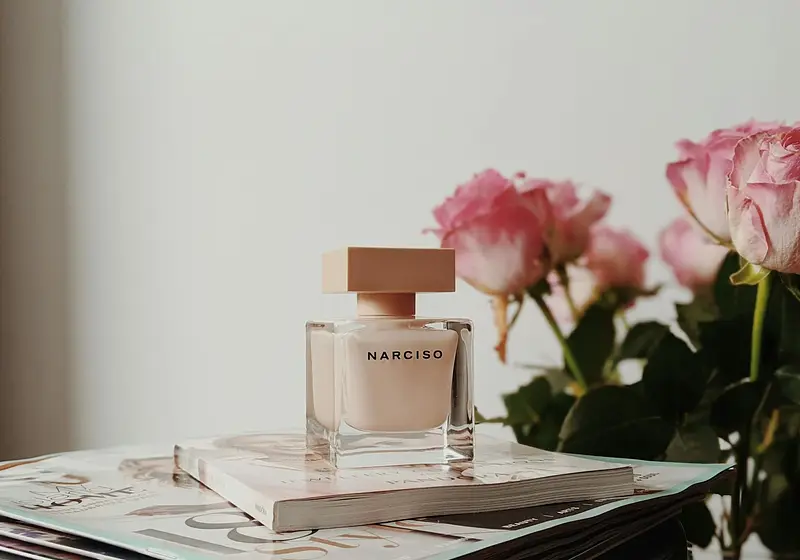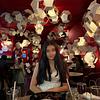In recent years, various aesthetic trends have gained popularity on social media platforms, shaping the way people present themselves online. One such trend is the "clean girl aesthetic", characterized by a minimalist and natural look, often accompanied by an emphasis on self-care and wellness. While this aesthetic has garnered a significant following and is praised for promoting a healthier lifestyle and self-acceptance, it is not without its controversies.
The term "clean girl aesthetic" refers to a beauty, fashion, and lifestyle trend based around a look that's intended to appear elegantly casual but also minimalist and effortless.
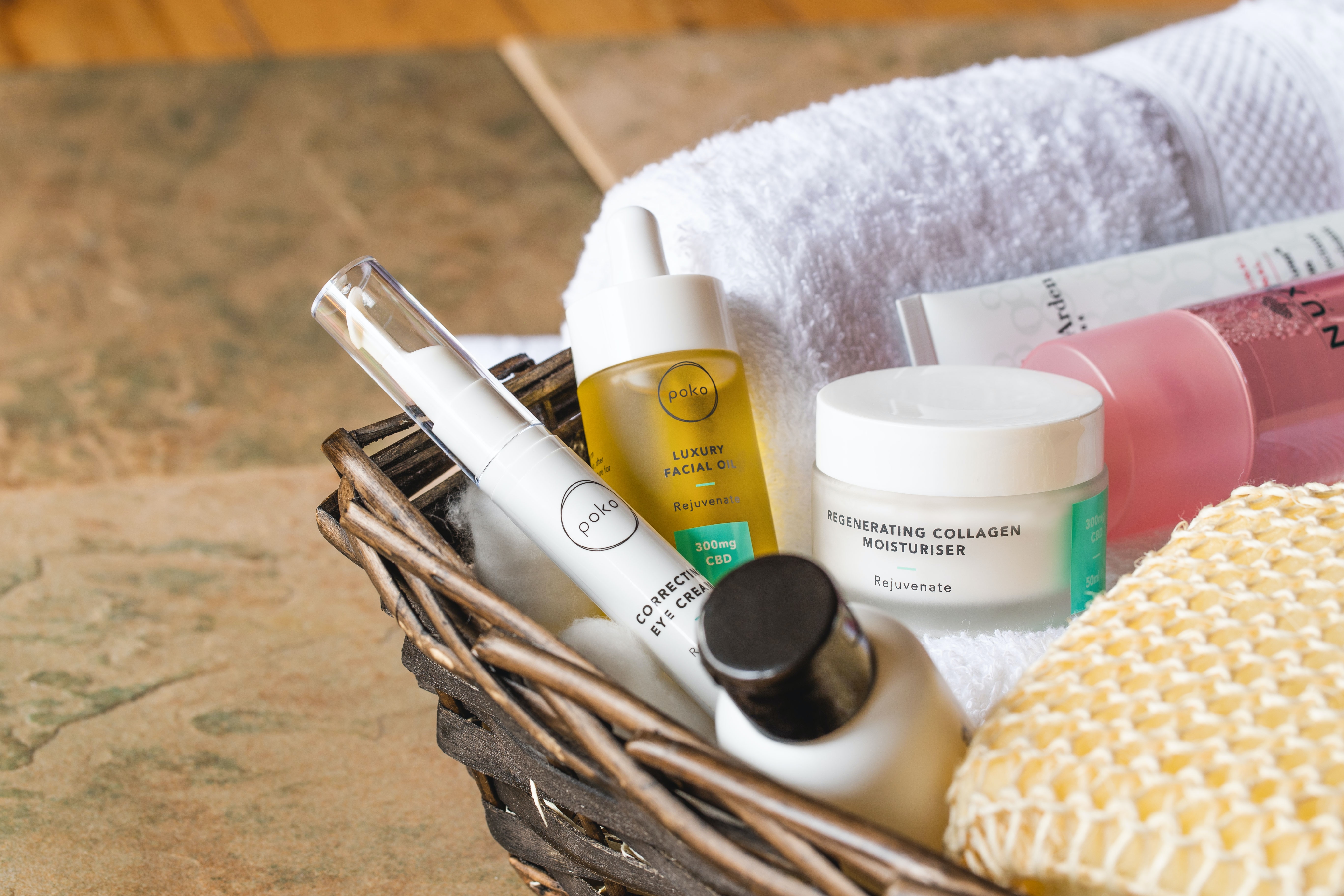
Photo by Poko Skincare on Unsplash
Let us slide into your dms 🥰
Get notified of top trending articles like this one every week! (we won't spam you)What does a clean girl look like?
- Clear skin (minimalist makeup)
- gold hoop earrings (simple gold jewellery generally)
- slim sunglasses
- slicked-back eyebrows
- slick mascara
- slicked hair bun with not a strand out of place.
That is what it is usually depicted as.
(Bella Hadid is such an icon)
I can't really see any possible good from the emergence of this trend. What here has not already been done anyway? Yet another aesthetic with a narrow view of unrealistic beauty standards? Not exactly new.

Take the Quiz: Discover Your Ideal Stress-Relieving Hobby
Everyone deals with stress differently, and finding the right hobby can help you relax and unwind. Take this quiz to find out which stress-relievin...
Dirty Girl Aesthetic?
What if I cannot follow all the criteria of the clean girl aesthetic? Does that make me unclean? Dirty even?
What society expects of women is too much. Waxed bodies, fair faces, straight hair, acne-free skin, toned thighs and more — any deviation is deemed “dirty”.
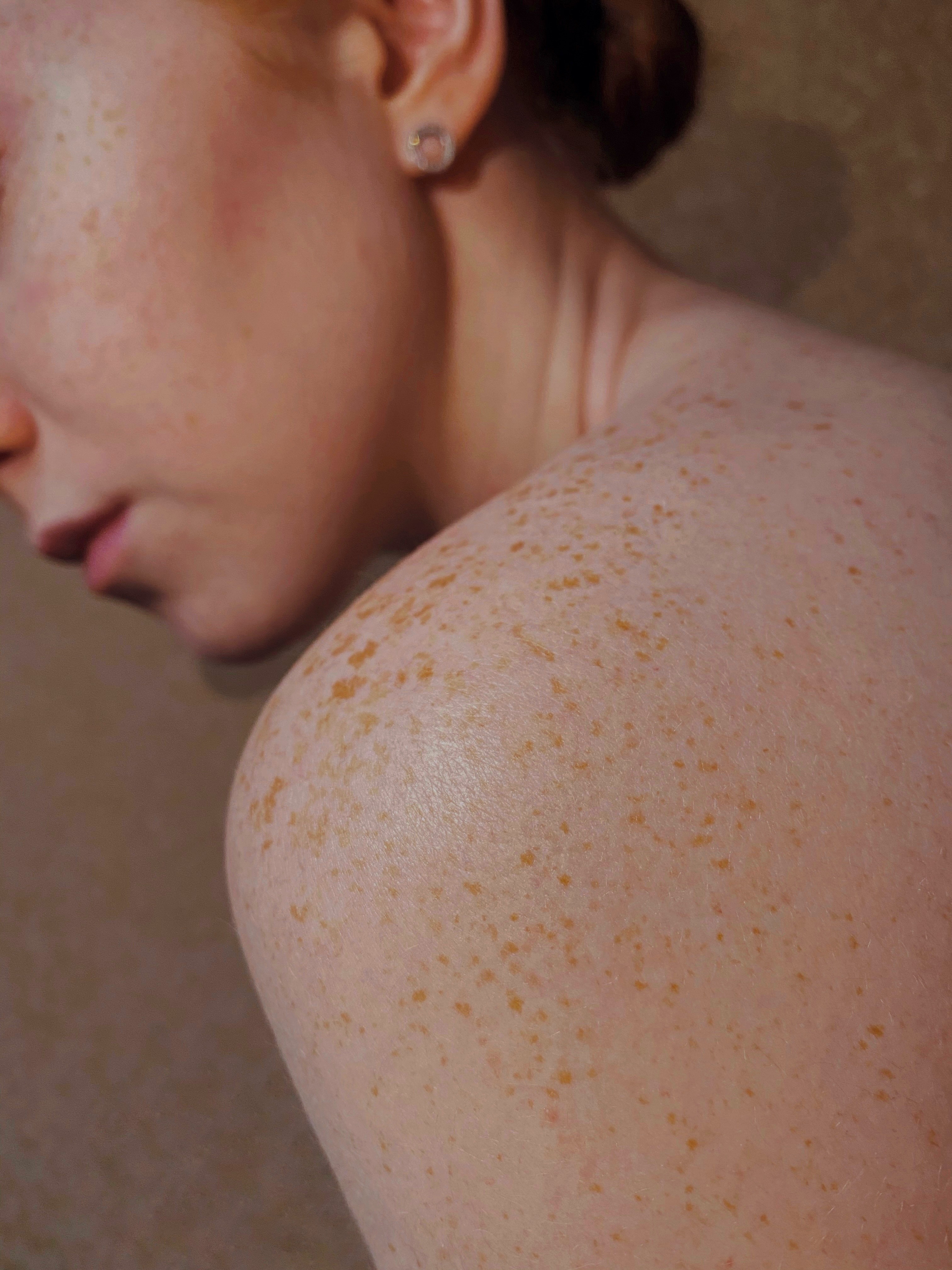
Photo by Valeria Smirnova on Unsplash
But here’s the catch: Textured skin is not dirty. Acne-ridden faces are not dirty. Face fat is NOT dirty. And neither is facial hair. So the clean girl aesthetic, rigorously being pushed on TikTok and Reels, actually sets unattainable beauty standards for most people, especially the young, dealing with hormone imbalance. And as someone on Twitter rightly pointed out, making only straight hair part of the clean look is racist (people with textured hair exist and it is not exclusive to only black people).
Yet, for years, conventional Western beauty standards deemed slicked-back hair and gold hoops ‘trashy’, ‘dirty’ or 'ghetto' when worn by black and brown women. The issue was never with what was done, but rather, who exactly was doing it.
Mohuya Khan, also known as @labyrinthave on Instagram and Tiktok, describes the whiplash brown and black people have experienced from the double standards of this aesthetic really well.
Personally, it was jarring when the aesthetic even started. I actually didn't even notice the POC (People Of Colour) elements of it, just that something felt very off for some reason. I later realized I was seeing markers of other cultural identities in a white person. I have just never seen that before. It made me think. Is it only cool when a white girl does it?
When I browse through TikTok, I notice that the trend is dominated by white women. In North America (and even the rest of the world, unfortunately, thanks to colonialism), Eurocentric features are conventionally idealized as the beauty standard. White womanhood has been epitomized as the standard of womanhood. Their femininity in association with purity dates back to the Victorian era and has wound its way into Western perceptions of beauty since then. The look is exclusive and is based on certain assumptions, and anyone else who does not fit that aesthetic is deemed “subpar”. Consequently, for generations, black and brown women have been put down for their cultural attire and aesthetic choices. However, because of the sudden popularity of the clean girl aesthetic, black and brown women must also see markers of their culture that they were once shamed for now being glorified when white women wear them. Similar, if not identical, beauty aesthetics have existed within Black and Latin communities for decades, yet only resurfaced more recently in its repackaged form — in other words, tailored to be more palatable for the white audience.
I don't particularly blame internet content creators. I blame society’s reaction to a white woman doing something people from other races and cultures have been doing all along.
TikTok requires rapid content creation and rapid opinion creation, all the time.
"Because TikTok is so fast-paced, you're not taking the time to unpack your prejudices and biases."
- Tandie Banana
Personally speaking, at its core, I like this trend since it tries to promote good skin care and taking measures to care for one's health. The internet has just blown the idea of a "clean girl" way out of proportion and gives a generally unrealistic idea of how one 'should' live (that seems to always be the rhetoric).
Conclusion
Although the “clean girl” trend brings forth much-needed conversations on how the internet shapes toxic standards and how cultural appropriation exists within the beauty community, by no means does this restrict individuals from appreciating cultures and trying out makeup looks. It does, however, give us a basis as to what not to do when creating “new” fads. Influencers and celebrities need to stop participating in harmful movements that rebrand POC cultures into trends that are exclusive to the white audience. Give credit where it’s due. These trends were born from carelessness, most likely without the intention of hurting the communities they have impacted. However, this carelessness originates from a lack of thought.
These “trends” emerged just in 2022 and are still going strong. But the trend of appropriation is, unfortunately, not a trend but a common practice that needs to be addressed.
